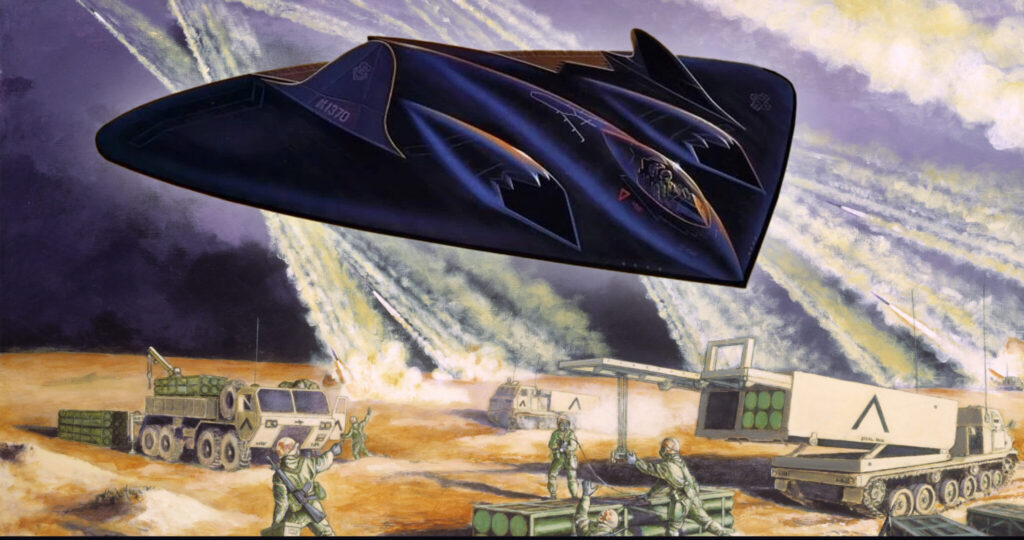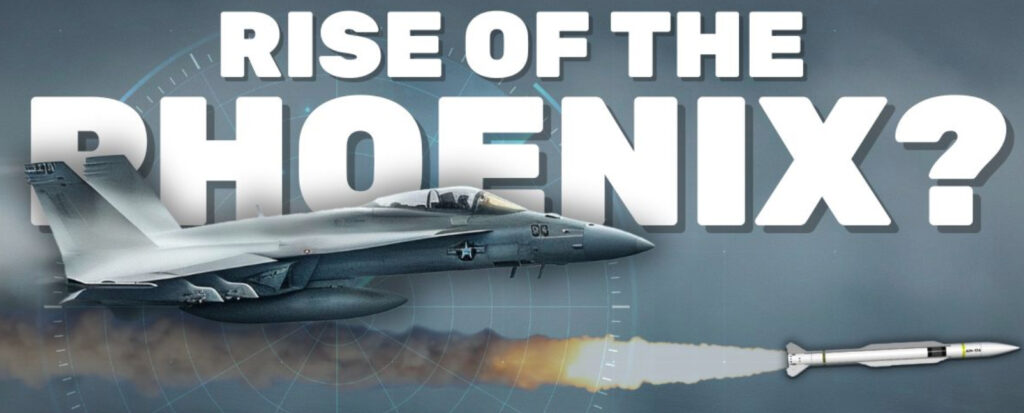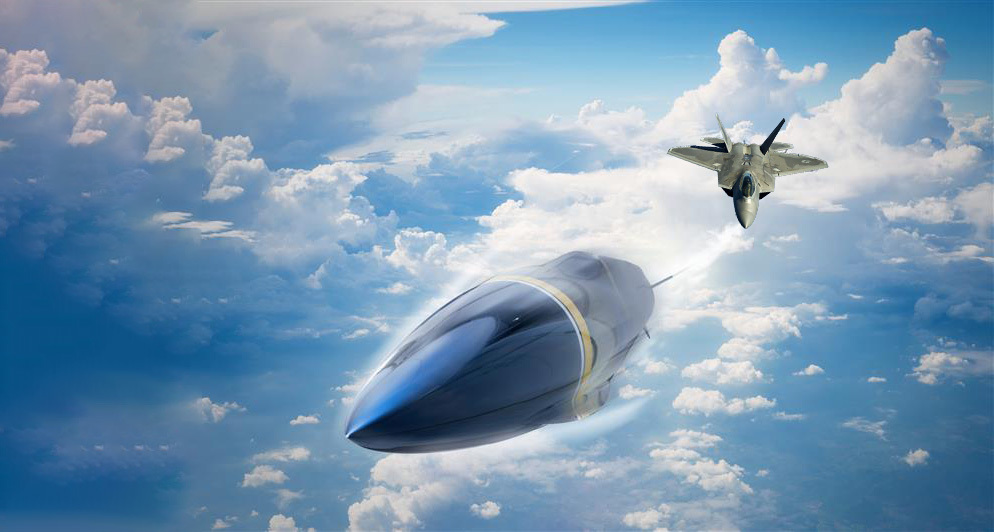For decades, rumors have swirled about the United States secretly operating highly classified black, triangular craft known as the TR-3A and TR-3B, with some going as far as to claim that these platforms were designed using reverse-engineered alien technology. In fact, in the early ’90s, it was even reported that these covert craft flew alongside the F-117 during combat operations over Iraq in Desert Storm.
In our last installment of this series, we explored a meta-investigation conducted by the National Institute of Discovery Science regarding black triangle UFOs seen over the United States. In this installment, we’ll explore the possibility that the United States could have secretly funded the development of such a platform.
Related: What is the legendary black triangle UFO?
Could these Black Triangles have been secret American aircraft?
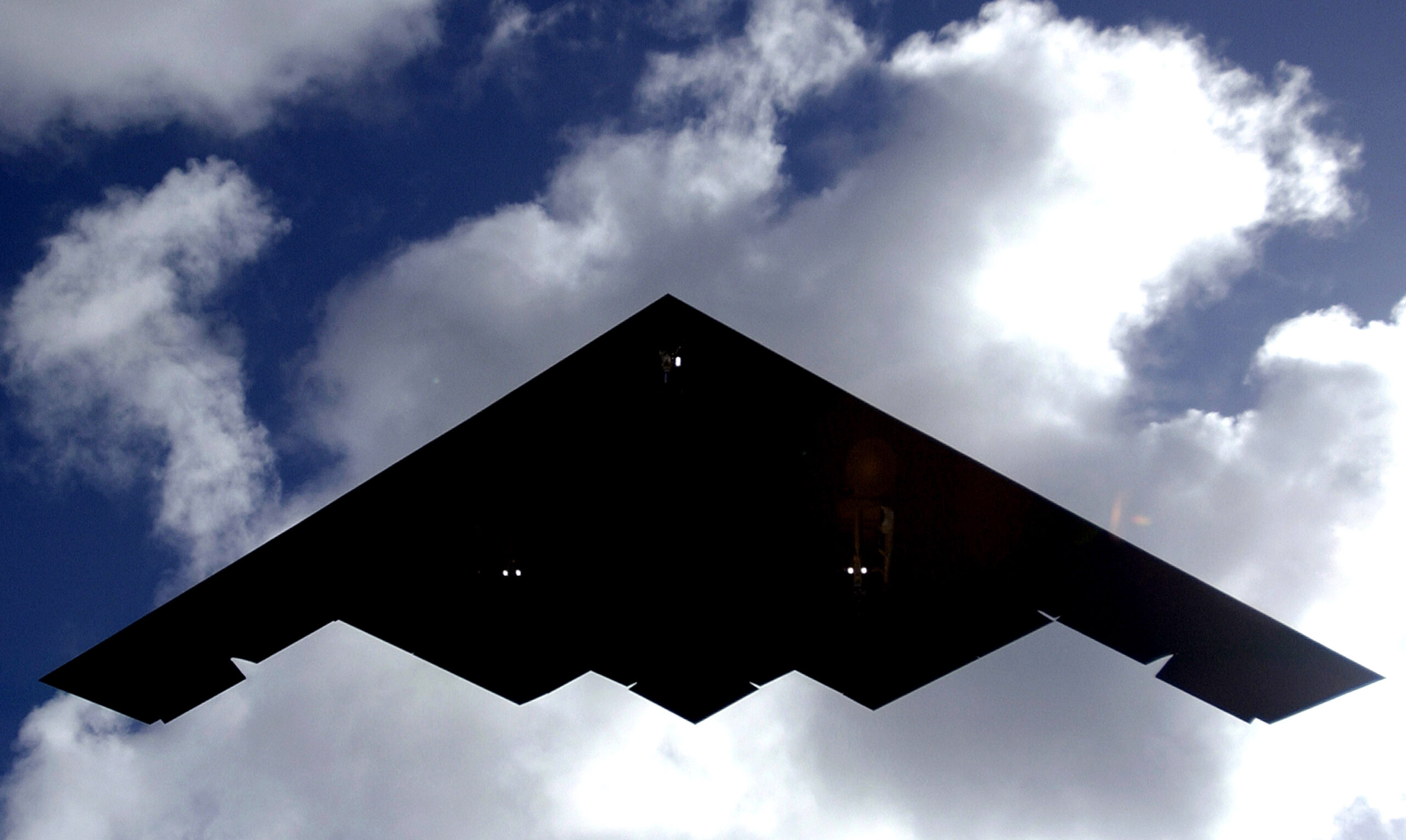
The United States has placed a heavy emphasis on aviation technology since the very inception of manned flight, with the U.S. Army placing an order for the world’s first military aircraft from the Wright Brothers in 1908. Today, America’s warfare doctrine leans heavily on the nation’s ability to take and keep control of the airspace over any battlefield the world over. Of course, maintaining that capability in the face of increasingly capable international competitors has always required both significant investment and equally significant secrecy.
You can find a laundry list of secret aircraft programs that, once disclosed, still seemed awfully alien. Not only were highly classified stealth aircraft like the F-117 flying for years before the government acknowledged it existed, but even more exotic secret aircraft are now known to have been prowling the skies over the Southwestern United States for years.
Boeing’s YF-118 Bird of Prey, as just one example, started its design process in 1992 within the secretive confines of the U.S. military’s Groom Lake facility (known to most as Area 51) and conducted a total of 40 classified test flights over Nevada between 1996 and 1999.
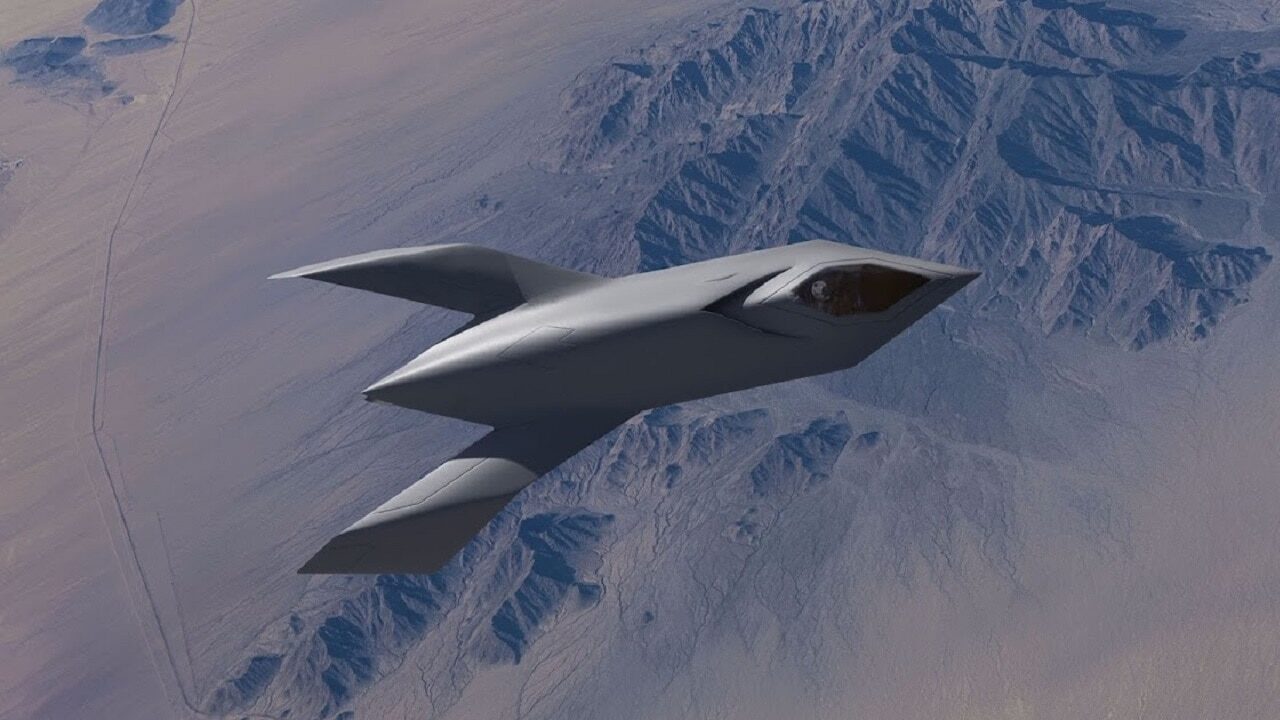
The very alien-looking Bird of Prey was only disclosed to the public by Boeing in 2002 because the company financed the entire $67 million program without a penny of taxpayer funding. It’s been widely reported that other more classified government-funded technology demonstrators will never see similar disclosure, with some even reportedly being buried in the sands of Area 51 to be lost to time.
The Bird of Prey was actively flying while plane spotters and UFO junkies were collecting reports of other alleged secret aircraft like the TR-3B and the hypersonic reconnaissance platform many called Aurora. Sandboxx News has covered Aurora in depth before. While we’re all but certain that name was actually tied to the B-2 Spirit program, there is a fair amount of evidence to suggest that something similar to what people were reporting as the Aurora may have really been in testing, housed in the same secretive hangars as Boeing’s Bird of Prey and other secret platforms already lost to time.
Although defense spending did see consistent reductions following the fall of the Soviet Union, it’s worth noting that, until the late 1990s, the United States was still allocating a larger percentage of the nation’s GDP to defense than it does today. In fact, when adjusted for inflation, America’s 1992 defense budget of $325.03 billion equates to more than $718 billion today – meaning Uncle Sam certainly had the money to fund a variety of classified programs. Further, in 1991 it was reported that the U.S. Air Force had devoted more than $60.3 billion to classified research, development, and procurement over the five preceding years – that’s the equivalent of nearly $137 billion today, or enough to purchase more than 1,500 F-35As in today’s market.
Related: Bird of Prey: Boeing’s lost budget-busting stealth fighter
Reports of America’s TR-3A Black Triangle Serving in Desert Storm
In 1991, America’s Black Triangle was seemingly revealed to the world in a series of articles published by Aviation Week and Popular Mechanics. According to Aviation Week, the stealthy aircraft was designed by Northrop – the same firm responsible for the black, triangular B-2 Spirit – in 1976 alongside Lockheed’s Have Blue efforts that would ultimately produce the F-117. Northrop called its stealthy triangular aircraft the Tactical High Altitude Penetrator (THAP).
According to Aviation Week, the Air Force ultimately awarded Northrop a fixed-price research and development and demonstration/validation contract near the end of 1978 to build a prototype high-altitude reconnaissance aircraft based on their THAP design. That prototype, Aviation Week claimed, made its first test flight out of Area 51 in 1981, and a production contract was subsequently awarded in 1982.
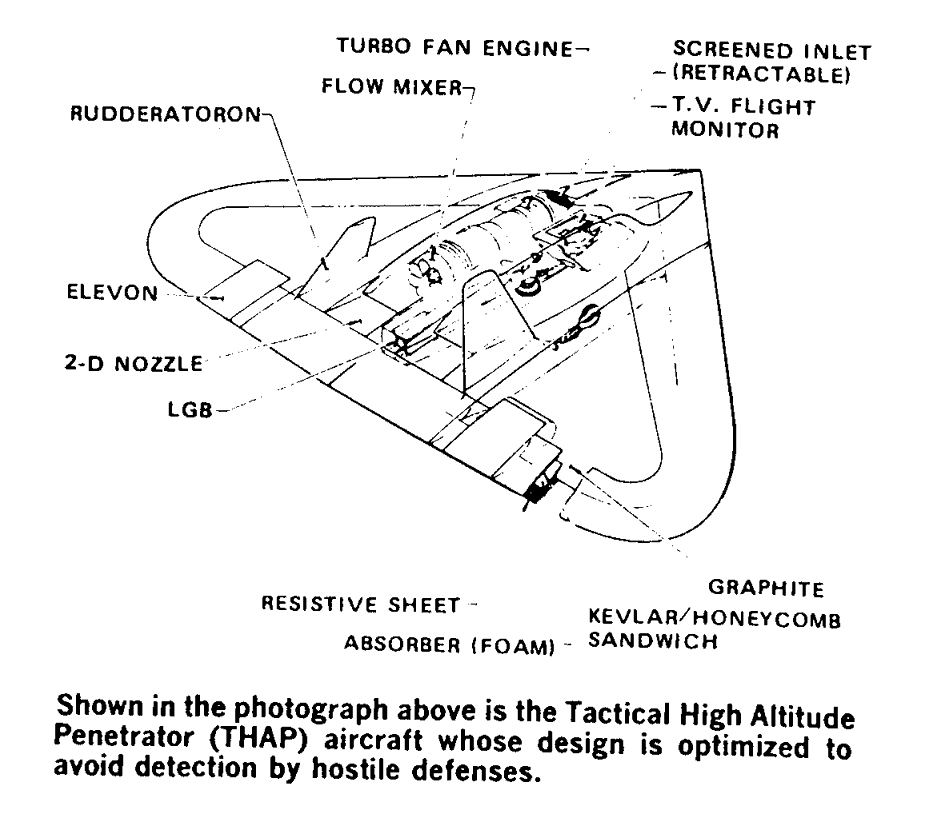
In a follow-up article, Aviation Week went on to claim that Northrop’s TR-3A was about 42 feet long, 14 feet high, and had a wingspan of 60-65 feet, which describes a much smaller aircraft than popular reports made the “TR-3B” to be. Yet, this would seem to be in keeping with a sighting that is often attributed to Aurora over the North Sea in 1989, reported by a trained airfield observer named Chris Gibson.
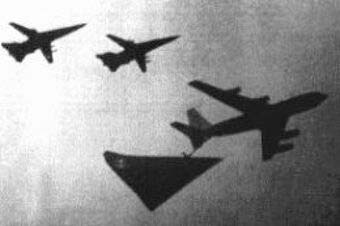
According to Aviation Week’s unnamed sources, these aircraft “may have” been deployed to Alaska, Britain, Panama, and Okinawa, as well as flying in concert with the F-117 Nighthawk during combat operations in Iraq to provide laser-designation of targets over Baghdad.
That claim, while not officially substantiated, might explain why the documents given to Iraqi MiG pilots to identify the F-117 in the air also showed the silhouette of the B-2. Confusion over just what was being seen in the skies over Iraq may have prompted them to include the only other black triangle aircraft America was known to fly. However, the B-2 was not in service then, which would raise the question of what they actually saw. Though, admittedly, this line of reasoning may be a bit of a stretch.
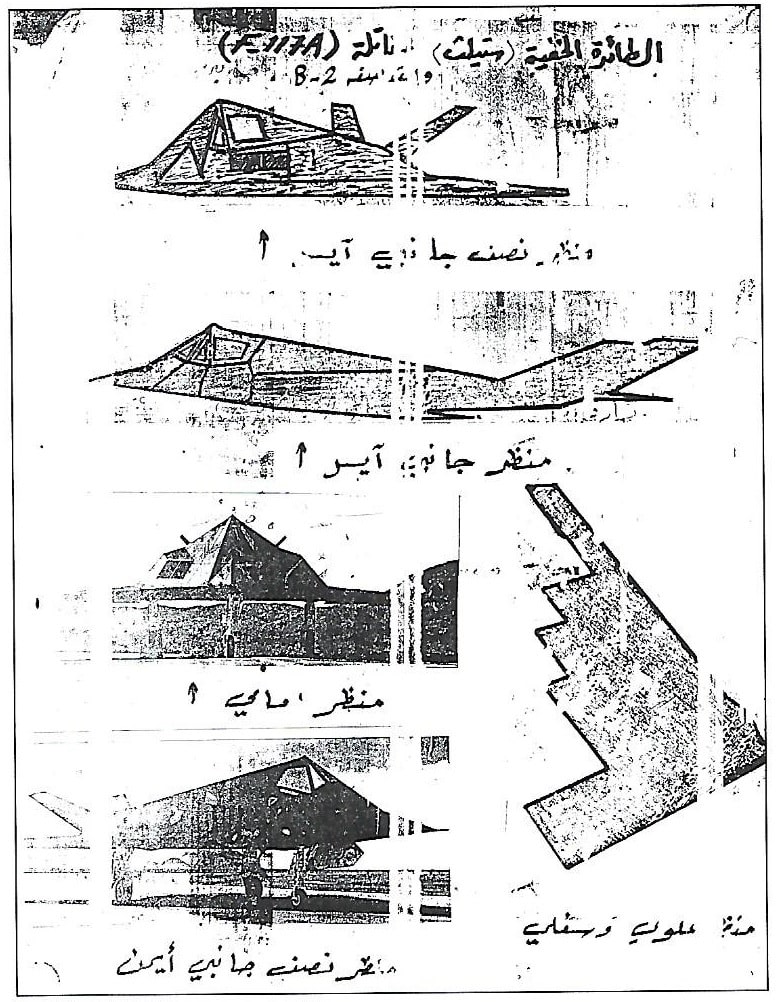
Popular Mechanics discussed the Northrop TR-3A alongside other undisclosed but reportedly sighted aircraft in their coverage, including another boomerang-shaped platform said to be completely silent and boasting a massive wingspan that stretched between 600 and 800 feet – or three to four times the size of the B-52 Stratofortress.
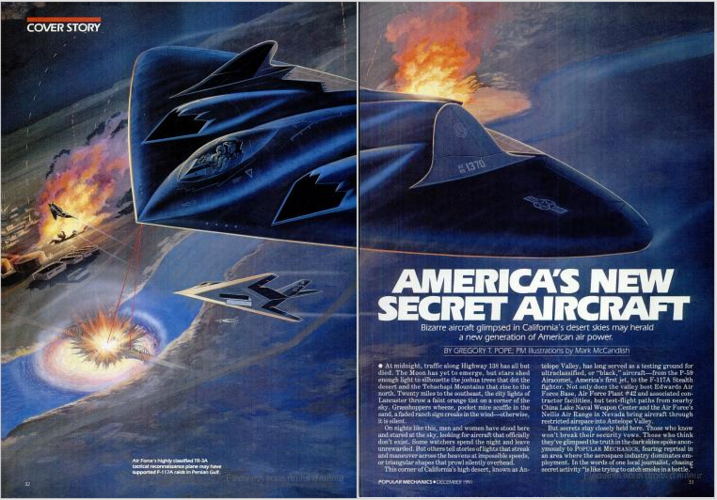
Like Aviation Week, Popular Mechanics also reported on the TR-3A being significantly quieter than other aircraft, but not silent, as is often reported about the TR-3B.
Related: Was America’s Aurora hypersonic aircraft real?
But evidence of TR-3A’s existence isn’t quite as strong as it seems
Those articles in Aviation Week that so authoritatively relayed the story of the TR-3A’s development? Well, they were both written by or with the support of William Scott – a journalist who is now known for sometimes getting a little too excited about the unusual topics he covered, resulting in some serious, if likely unintentional, stretching of the truth.
In 1990, for instance, he reported that the United States had a secret hypersonic bomber that could launch nuclear weapons from vertical launch tubes. That aircraft, of course, never manifested either. The TR-3 designation, many now believe, was the result of Scott simply mishearing stories about Tier 3, which was a program that followed Tier 2 (an effort that resulted in the Global Hawk drone). Tier 3 was supposed to be an unmanned SR-71 successor that was also known as “Quartz,” but that ultimately didn’t make it beyond the design stage. Elements of the Tier 3 program, known as Tier 3 Minus, did ultimately result in Lockheed and Boeing building the Darkstar in 1996 – no, not the hypersonic one Maverick flew, but rather a much slower drone meant for ISR duties.
In fact, when you save this image of the Darkstar from Wikimedia Commons, the file name includes both Darkstar and “Tier 3.”
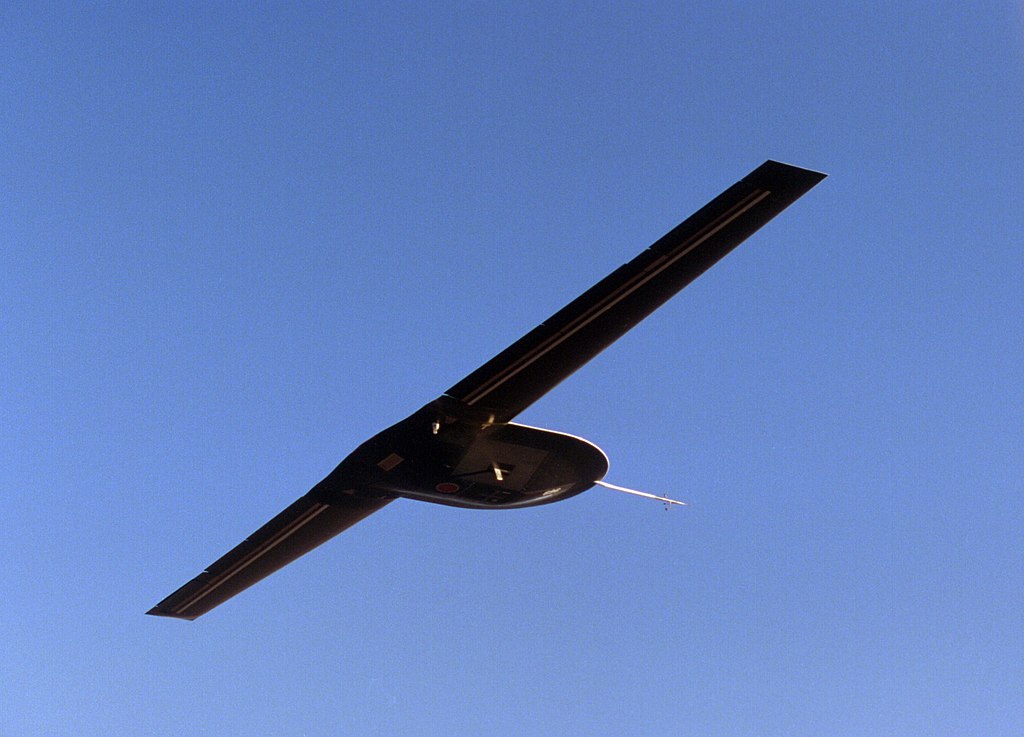
And when you read the Popular Mechanics coverage that was published in 1991, you’ll find that it pulls primarily from Scott’s reporting in Aviation Week.
Many, including me, were struck by the details in the Aviation Week story because it’s a well-respected outlet with a history of having insider information. But the outlet also has a well-recorded history of publishing some less-than-factual accounts of black aircraft programs over the years; stories with little in the way of disclosed sources that made lofty claims about a near-term future that never manifests.
In 2006, space historian and policy analyst Dwayne Day summed up how academics now perceive Scott’s 1990 coverage of the TR-3A:
“The Manta story demonstrates a pattern that Scott repeats in all of his black airplane stories. Usually there is a small bit of real information about a classified aircraft project. Scott then connects alleged sightings of an unusual aircraft in flight to this bit of information. Then the article is padded out with a large amount of speculation, usually involving various studies and research projects conducted by various contractors. The characteristics are always the same, however: he never quotes anybody by name who has any direct connection to the alleged program, and he never even includes anonymous quotes of anybody who supposedly knows the big picture about the alleged program.”
But this isn’t the end of the story for these unusual black triangle sightings. In our next installment in this series, we’ll explore stories about the TR-3B – a similar black triangle that’s said to be powered by reverse-engineered alien technology. We’ll also look into the real patents that may support these claims.
